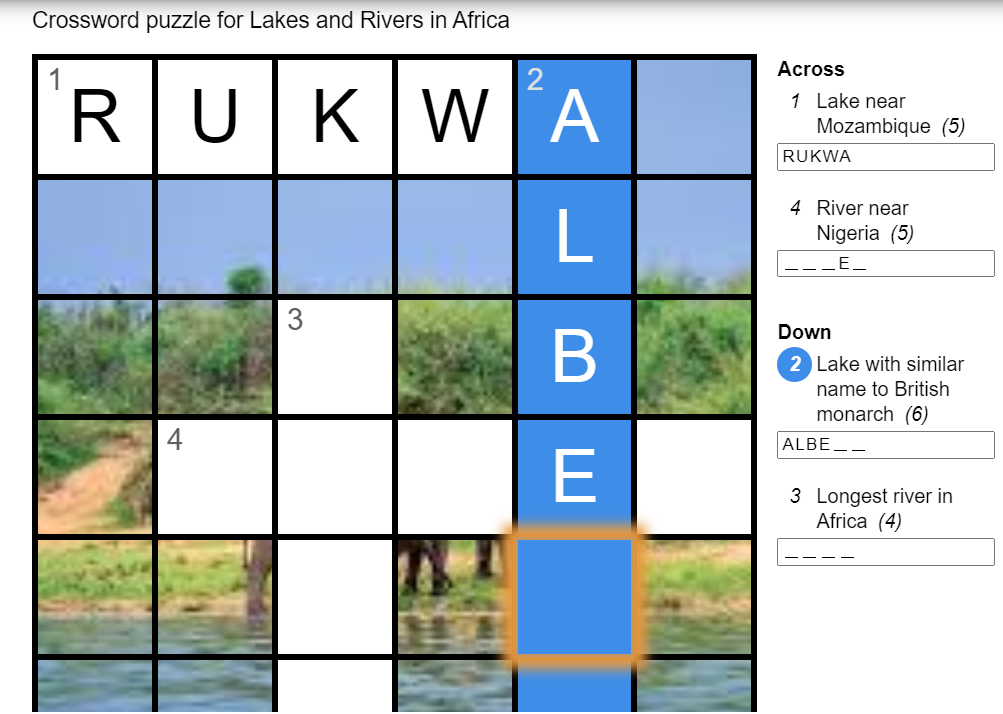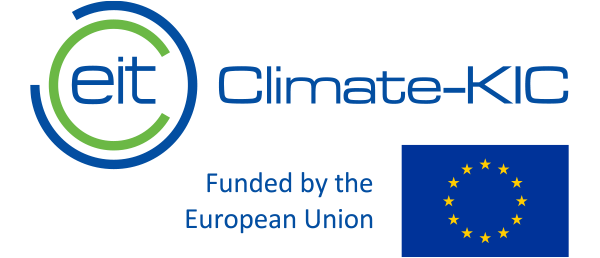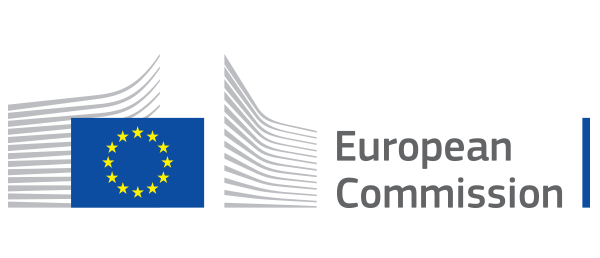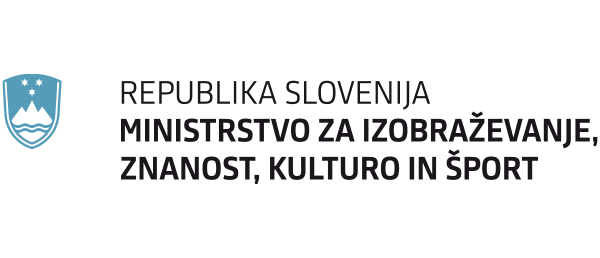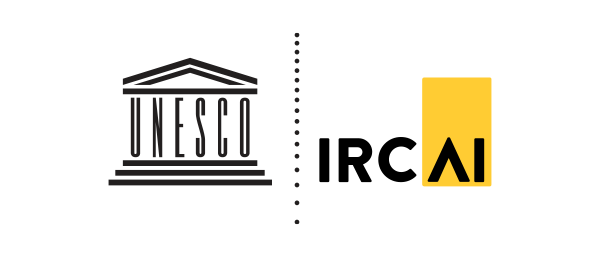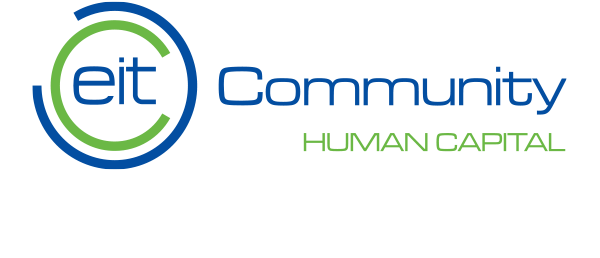
winner
An HTML 5 game editor
A tool that allows educators to easily create gamified learning objects like puzzles, games and other interactive objects without any programming skills or advanced knowledge.

Team: Seal Team 6
Team members
Steven Wasswa, Patricia Nalumansi, Giovanni MudhasiMembers roles and background
Patricia Nalumansi - Teacher
Giovanni Mudhasi - ICT Expert
Steven Wasswa - Data Analyst
Contact details
Solution description
The solution is a tool that makes it easy to create interactive activities for a variety gamified learning purposes. Educators can easily create light weight interactive objects that are light weight and easy to integrate into websites. These can include games, puzzles, drag and drop and other fun learning activities that are limitless depending on the abilities of the educator or content creator
Images, videos and other interactive objects can be added to make learning fun.
The content created is accessible to users with visual and hearing disabilities ensuring no child is left behind
Solution context
The problem with developing games is they require educators to have advanced programming skills, are heavy and are not easily adaptable to educators. With this tool, educators can easily create interactive games on the fly within minutes depending on the complexity of the game.
For low resource settings with intermittent internet connectivity, its critical for learning objects to be accessible, in on and offline modes. Tracking user behavior (answers / responses) gives educators insights into how well students are coping with a given task, problem or learning area. This data is aggregated into statistics and is useful for tracking performance for each individual learner.
Solution target group
Educators, Software / Game Developers, Students
Solution impact
Learners are able to engage with playful content as compared to the traditional learning methods which some students might find boring. Game based learning increases engagement levels and motivation among learners, which in turn results to better grades and proficiency levels if well deisgned. The key lies in designing a canvas that can help students remain motivated and engaged instead of the typical monotonous traditional learning methods.
Concepts hard to understand can be easily broken down into play based objects creating avenues for reinforcement learning to bolster the existing learning methods.
Studies have showed that students with autism can benefit more from a gamified learning approach. A combination of child like colours, animations, and presentation of material using images in the media has a strong effect on students' interests in learning compared to printed materials typically found in textbooks and other traditional learning materials.
However, there are some limitations that should be acknowledged. First, every students has different speeds at which they play games thus they have different speed to complete a certain game. This makes students who are less adept at playing games can not the learning process maximally
Solution tweet text
Gamifying the learning experience on the fly can help improve learning outcomes in some of the most difficult learning environmentsSolution innovativeness
The code can be easily reusable and modified. The innovative idea is down to the light weight, and the ability for educators to create games on the fly without any advanced computer programming skills a challenge most educators in low resource settings like Africa face.
The learning objects are mobile ready and compatible which helps it to be used more widely than most programs designed for computers only.
Solution transferability
This has been developed using open source technology (HTML5) using the creative commons license
Solution sustainability
The solution is low cost, light weight and suitable for low resource settings such as developing countries.
Solution team work
The solution was developed by our team with support from the challenge host (Blue Node Media), while using and building on top of existing and readily available open source technologies.
* Climate-KIC publishes the proposed solutions developed during the DigiEduHack event solely for the purposes of facilitating public access to the information concerning ideas and shall not be liable regarding any intellectual property or other rights that might be claimed to pertain to the implementation or use any of the proposed solutions shared on its website neither does it represent that it has made any effort to identify any such rights. Climate-KIC cannot guarantee that the text of the proposed solution is an exact reproduction of the proposed solution. This database is general in character and where you want to use and develop a proposed solution further, this is permitted provided that you acknowledge the source and the team which worked on the solution by using the team’s name indicated on the website.


